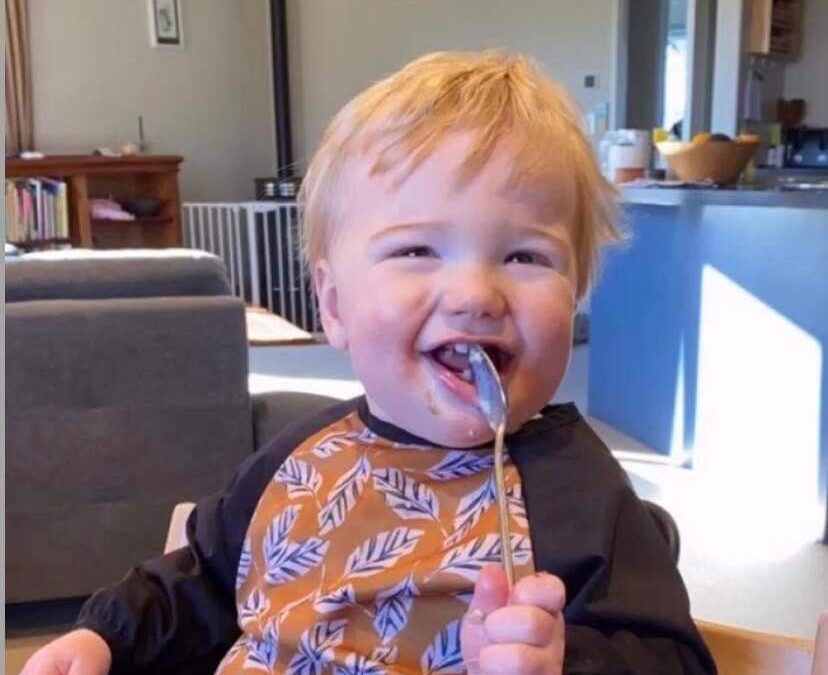Introduction to Starting Solids
A (very) brief introduction to starting solids with your tamariki.
When should I start solids?
The World Health Organization recommends beginning solids around 6 months, once your child show signs of
- Sitting without support (for a short period of time)
- Are showing an interest in the foods you are eating
Solids can begin between 4-6 months however the recommendation for this is puree’s only, Baby Led should wait until 6 months of age. Premature babies should also wait until 6 months regardless.
Your baby should lead the way, this means your job as the caregiver is to decide the food that is on offer, when the food will be available and where the meal will occur. It is the child’s job to decide what and how much they will eat. This means avoiding encouragement to eat more, or removing food if they are not finished.
Gagging on foods during these first few months is a normal part of development and of learning to eat. Gagging is a protective survival response that brings the food forward in the mouth, to protect it from getting stuck in the airways (choking). It is best to avoid interfering with baby during this time unless they are choking, which is evidently different from gagging. Gagging can be a sensory response to some foods and can interfere with the child’s acceptance of food – the child may benefit from sensory support if this is impacting their acceptance and consuption of food.
Eating is a skill we have to learn, which is best done by watching others eat. Research strongly suggests that sitting and eating together as a family during mealtimes, increases the acceptance of new foods and creates a positive relationship with food (without devices). Eating together is a hugely positive social experience.
‘It’s hard to be neat when you’re learning to eat”. Before we learn to eat the way society expects, we first have to learn about food through exploring it with our whole body. Allow eating with our hands, squishing food and playing with food and avoiding wiping your child’s face and hands until after the meal.
Food before one is not just for fun, it is for skill development. While learning to eat is a fun time in child development, food before one is for learning and building skills. As your child grows they will learn and develop new eating skills that allows them to safely eat more complex foods.
Your child needs to be exposed to a food 10-15 times before they might chew and swallow that food. Particularly during your child’s first year, they need to be exposed to a range of different foods. Even if they are not too sure about a certain food, any interaction with that food is a positive step towards future acceptance of that food.
Appropriate seating is important, without it, it can feel like trying to eat while on a rollercoaster. Finding a chair that provides the child with foot support and brings them to an appropriate height at the table, for example a Tripp Trapp chair, which adjusts as your child grows.
Baby led or puree?There is no right or wrong way to introduce food to your child, research leans more towards a combination approach. Purees (blended foods on a spoon or spoon feeding). Baby-led weaning can start from 6 months and involves serving soft cooked sticks of vegetables, fruit or other whole foods, encouraging then to feed themselves. The most important thing is to follow your baby’s lead and meet them where they are developmentally
Rebecca Barnard

